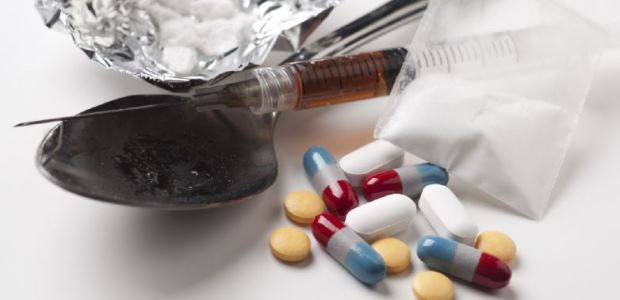
West Virginia Releases Analysis of 2016 OD Deaths
The 61-page analysis identifies multiple key findings, including that men working in blue-collar industries with a higher risk of injury may be at increased risk for overdose death. About 705 -- 85 percent -- of the analyzed overdose deaths were opioid related.
The West Virginia Department of Health and Human Resources' Bureau for Public Health on Jan. 23 announced the availability of an analysis of 2016 West Virginia overdose deaths, summarizing the use of health care, risk factors, opportunities for intervention, and other factors for 830 West Virginia residents who were overdose victims that year. West Virginia leads the nation in overdose deaths per capita, with 41.5 deaths per 100,000 individuals in 2015, and from 2015-2016, there was a 20 percent increase in overdose occurrences in the state, the report says.
The report was led by DHHR, the West Virginia Board of Pharmacy, and the Centers for Disease Control and Prevention; work on the analysis began in November with findings released during an Opioid Response Plan Expert Panel meeting held in December 2017.
"The report clearly identifies factors that we can now say contribute to the profile of an overdosed person in West Virginia, highlighting opportunities for intervention in the 12 months prior to their death," said Dr. Rahul Gupta, State Health Officer and commissioner of the Bureau for Public Health. "Governor Jim Justice has directed DHHR to utilize all available resources to combat this epidemic. Since the analysis shows numerous missed opportunities, we now need to use these data to target specific interventions to help save lives of West Virginians."
The 61-page analysis identifies multiple key findings, including that men working in blue-collar industries with a higher risk of injury may be at increased risk for overdose death. About 705 -- 85 percent -- of the analyzed overdose deaths were opioid related. Other key findings include:
- 81 percent of overdose decedents interacted with at least one of the health systems in the report.
- Men were twice as likely as women to die from a drug overdose, but women were 80 percent more likely than men to use all of the health systems in the 12 months prior to their death.
- 91 percent of all decedents had a documented history within the West Virginia Board of Pharmacy's Controlled Substances Monitoring Program. In the 30 days prior to death, 49 percent of female decedents filled a controlled substance prescription, as compared to 36 percent of males.
- Decedents were three times more likely to have three or more prescribers than the overall CSMP population. Decedents were more than 70 times likely to have prescriptions at four or more pharmacies compared to the overall CSMP population.
- 33 percent of decedents tested positive for a controlled substance but had no record of a prescription at their time of death, indicating diversion of a controlled substance prescription.
- 71 percent of all decedents utilized emergency medical services within the 12 months prior to their death. Regardless of the type of EMS run, only 31 percent of decedents had naloxone administration documented in their EMS record.
- Decedents were much more likely to have Medicaid (71 percent) in the 12 months prior to their death as compared to West Virginia's adult population ages 19-64 (23 percent).
- More than half (56 percent) of all decedents were ever incarcerated.
"Substance abuse in West Virginia is devastating communities, families, and the people suffering from addiction. It is straining government resources, including first responders, law enforcement, corrections, health departments, and the West Virginia Department of Health and Human Resources Office of Chief Medical Examiner," the report says.